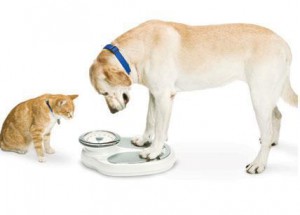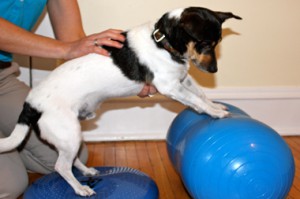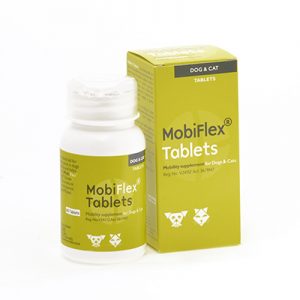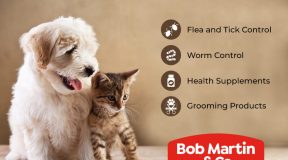
There are lots of advancement in treatments when it comes to veterinary medicines and that is one of the reasons for which pets are living a long and healthy life. Having your furry companion live longer than before is really wonderful. But it also means that you have an additional obligation of ensuring that their golden areas are good.
Arthritis is one of the diseases that can affect dogs and cats. It is a degenerative condition that affects the pet’s joints and the cushion that prevails between joints and bones known as cartilage. The cartilage breaks down over time resulting in painful friction in the bones. This rubbing together causes decreased ability of the pet to move leading to development of bone spurs.
Let us now look at some of the Symptoms of Arthritis in Dogs and Cats:
- A decreased daily activity level, which occurs either swiftly or gradually
- Avoiding activities that require climbing, descending stairs, jumping or running
- Changes in attitude like increased irritability
- Difficulty while sitting down or standing back up
- Increased time spent sleeping
- Favoring or avoiding the use of limb
- Less involvement in playing or being active
- Noticeable weight gain
Particularly in cats you may find these symptoms:
- Avoid being touched or interacting socially
- Increase in vocalization
- Changes in grooming behavior, including more or less frequent grooming or focusing on a single specific area
Cats and dogs that are diagnosed with arthritis or joint problems have a wide array of treatment options. Most of the veterinarian in our country recommend an accumulation of certain lifestyle changes, treatment techniques and medical management that aid in reducing the symptoms, thereby slowing down the progression of the disease thereby caring for the joints of the pets.
Lifestyle Management Techniques For Improving Joint Health Of Dogs & Cats
Weight Management in Pets

It has been researched and found that approximately 60% of cats and 55% of dogs in our country are overweight or obese. Due to the excessive weight the pets faced health problems like joint problems and arthritis. Assisting your pet in achieving and maintaining a healthy weight is the first and foremost step to preserve the joint health of the pet. You can do this by altering the diet of the pet by including a diet that comprises of essential nutrients including Omega-3 Fatty Acids that aid in improving joint health.
Routine Exercise for Pets
Take your pet to the veterinarian and discuss about an appropriate exercise regimen for your pet. It is very important to have daily movements that aids dogs or cats to acquire and hold their range of motion and build their surrounding muscles, tendons and ligaments. The overall joint health of the pet is contingent on the correct type of exercise. There are certain dogs and cats for whom daily walks will suffice. If there is a lot of wear and tear, the impact on the joints can be limited with the aid of aqua therapy or aqua jogging. The most important thing is to exercise the pet on a regular basis. It will also assist in maintaining their healthy weight.
Mobiflex Joint Supplement for Dogs and Cats
Modify Your Pets Environment

Due to arthritis, dogs find it difficult to walk upstairs to enter their homes. There are certain cats that find it challenging to climb or step over high walls to access their litter boxes that results in unnecessary pain. Make necessary changes in the pet’s environment so that they feel comfortable. You can install a pet-friendly ramp so that they can easily go outside or raise up the food or water dish at a more comfortable level. This will go a long way in ensuring your pet’s comfort and mobility.
Buy Joint Health Products for Pets
So, are you planning to integrate these lifestyle management techniques for improving joint health of your pet?








